Bifacial thin film solar cells based on copper indium gallium diselenide or CIGS can collect solar energy from both their front and their rear side – and thus potentially yield more solar electricity than their conventional counterparts. So far, however, their fabrication has led to only modest energy conversion efficiencies.
Tag: photovoltaic cells
Casting Shadows on Solar Cells Connected in Series
Even small objects, such as dust and leaves, can block sunlight from reaching solar cells, and understanding how the loss of incoming radiation affects power output is essential for optimizing photovoltaic technology. In the Journal of Renewable and Sustainable Energy, researchers explore how different shade conditions impact performance of single solar cells and two-cell systems connected in series and parallel. They found that the decrease in output current of a single cell or two cells connected in parallel was nearly identical to the ratio of shade to sunlight. However, for two cells running in series, there was excess power loss.
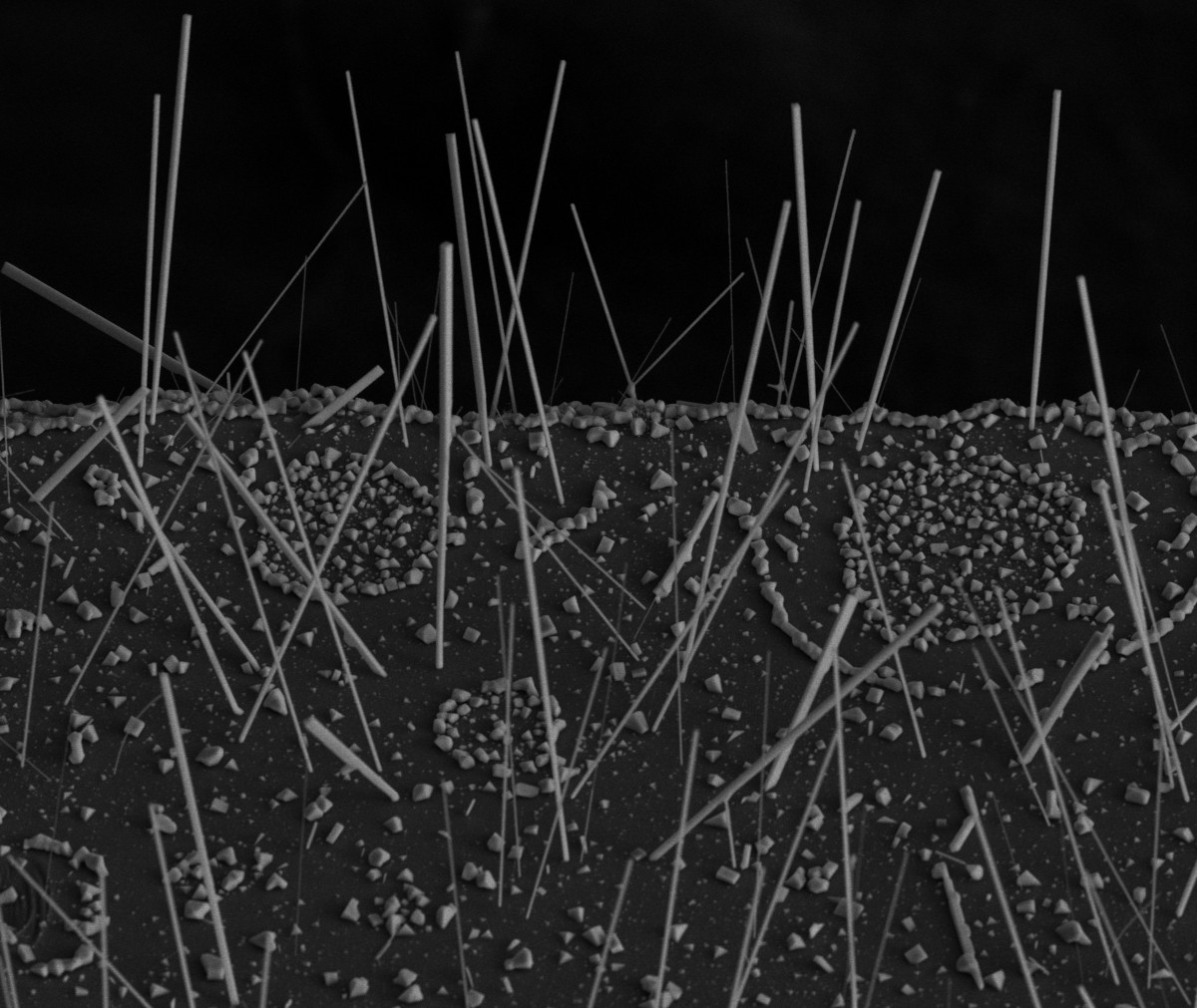
Scientists Grow Lead-Free Solar Material With a Built-In Switch
A lead-free solar material developed by Berkeley Lab scientists offers a simpler and more sustainable approach to solar cell manufacturing. The advance could also benefit halide perovskites, a promising solar technology that requires much less energy to manufacture than silicon.
Measuring Photovoltaic Performance Indoors
As photovoltaic technology continues to progress, PV devices’ applications in harvesting energy from indoor ambient light have become more realistic. Some combinations of PV material and light source can be more efficient in converting power than the same material under solar illumination, and a better understanding of these relationships is needed to fully characterize the behavior of solar cells under very low illumination conditions.
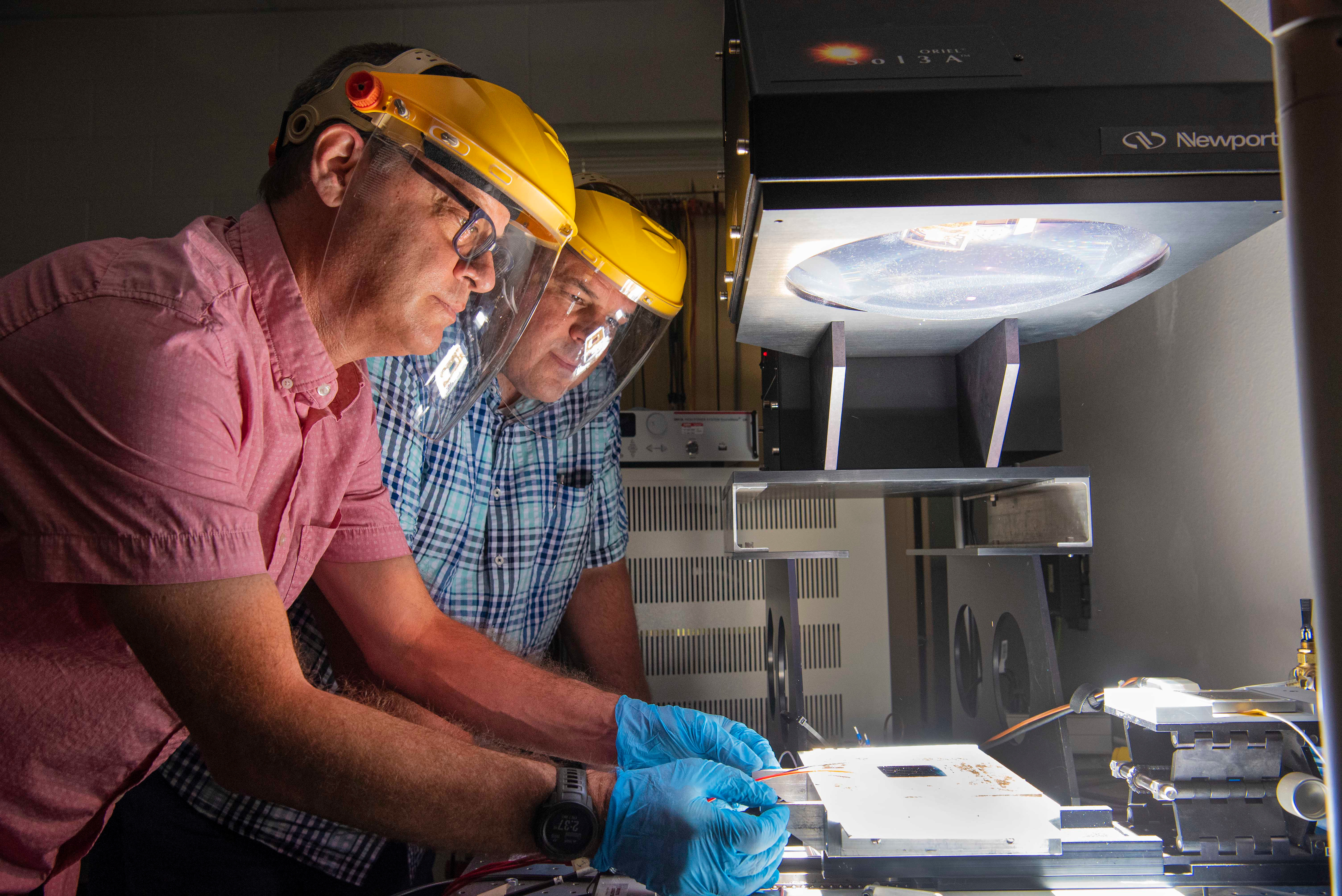
Sandia-led center to advance understanding of new solar panel technology
The Department of Energy recently awarded $14 million to form a Sandia National Laboratories-led center to improve the understanding of perovskite-based photovoltaic technologies and determine the best tests to evaluate the new solar panels’ lifetimes.
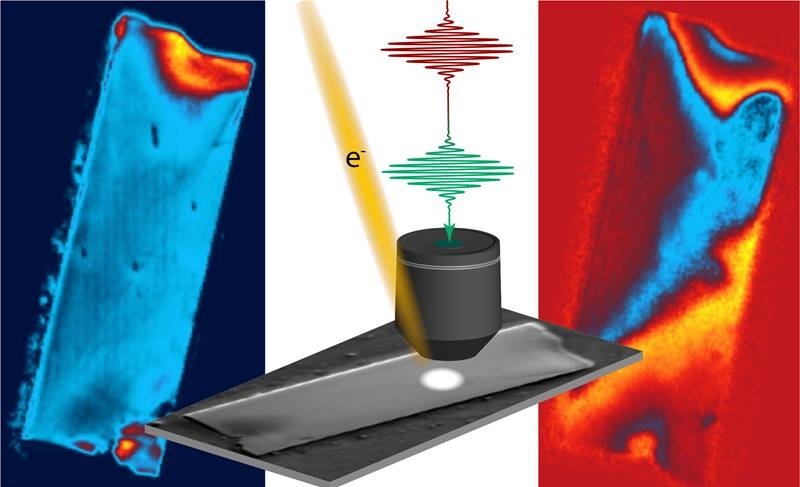
Defects Slow the Electron’s Dance
Researchers used two advanced microscopy techniques to learn how crystal defects affect the performance of crystalline solar cells called lead halide perovskite cells. The research used two microscopy techniques: electron backscattering diffraction to view crystal quality at scales of 100 nanometers and ultrafast microscopy to examine how electrons move. The research shows that microscopic defects that form when the crystals are made can reduce how fast electrons move by a factor of almost 10.
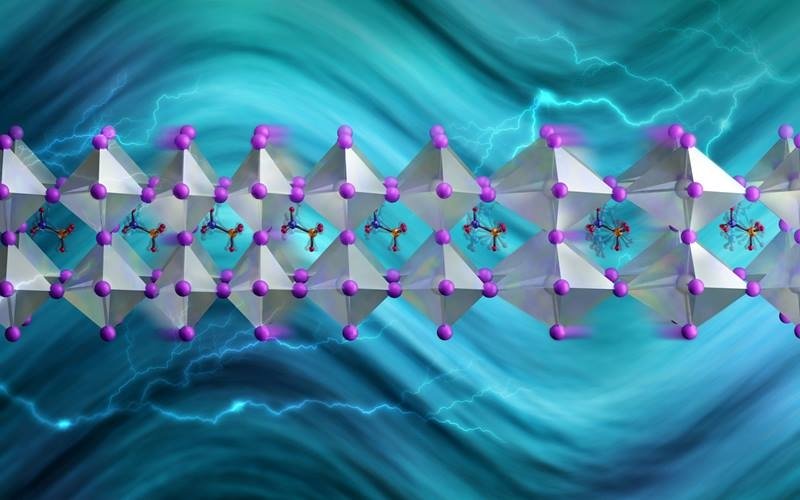
Some Like It Hot: Boosting Efficiency in Solar Cells
Novel hot-carrier solar cells convert sunlight to electricity more efficiently than conventional solar cells by harnessing charge carriers before they lose their energy to heat. A key to keeping electric charges hot longer is to slow the phonons that transport heat. Recent research shows that thermal transport—and thus performance—in hot-carrier solar cells can be reduced by replacing hydrogen atoms with heavier deuterium atoms.
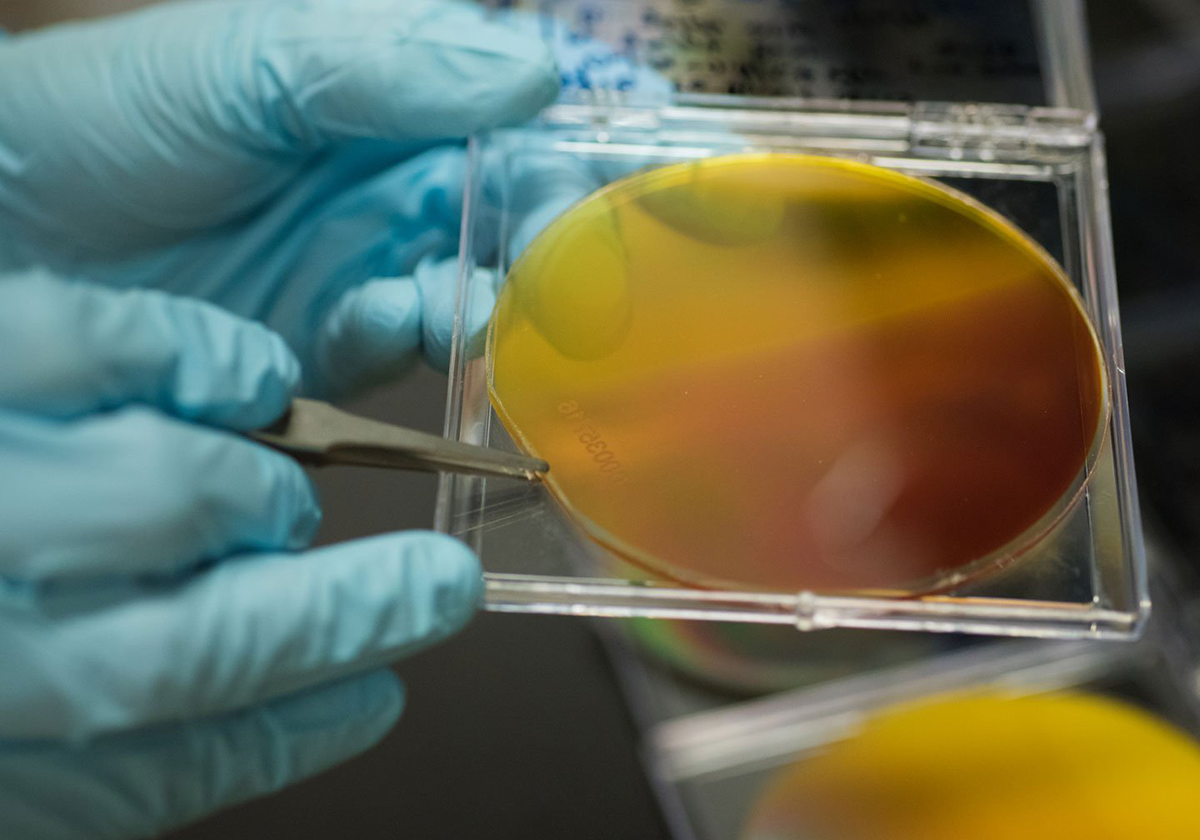
Berkeley Lab Part of Multi-Institutional Team Awarded $60M for Solar Fuels Research
The Department of Energy has awarded $60 million to a new solar fuels initiative – called the Liquid Sunlight Alliance (LiSA) – led by Caltech in close partnership with Berkeley Lab. LiSA will build on the foundational work of the Joint Center for Artificial Photosynthesis (JCAP).
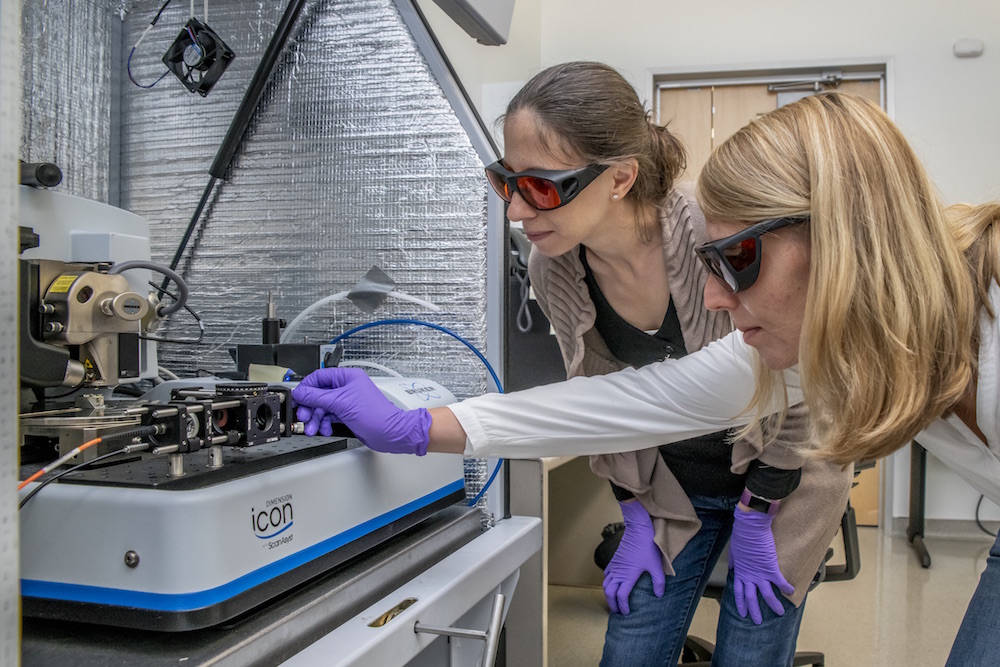
How JCAP Is Making Solar Fuels Shine
As we look back at a decade of discovery, we highlight 10 achievements by scientists at Berkeley Lab and the Joint Center for Artificial Photosynthesis that bring us closer to a solar fuels future.

Tweaks Behind the Rebirth of Nearly Discarded Organic Solar Technologies
A minuscule, counterintuitive chemical tweak is advancing an organic solar technology that was believed unviable.

Tweaks Behind the Rebirth of Nearly Discarded Organic Solar Technologies
A minuscule, counterintuitive chemical tweak is advancing an organic solar technology that was believed unviable.